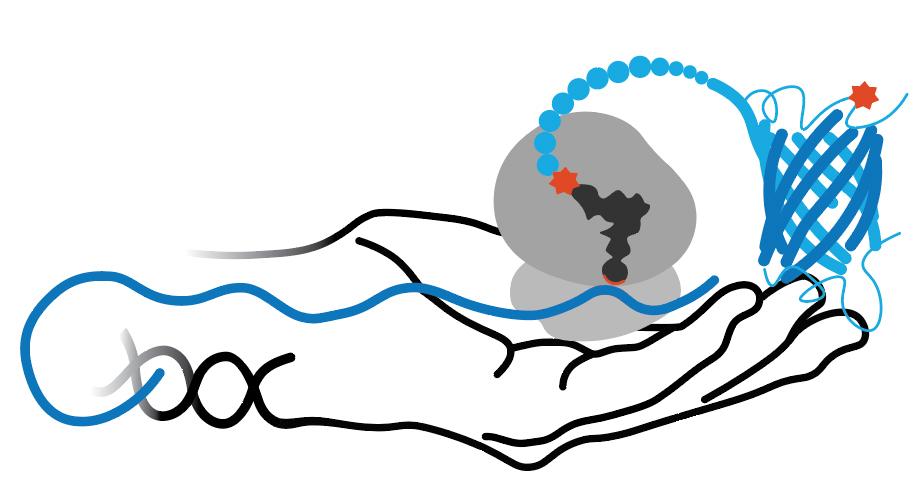RS/tRNA Foundational Publication Support
Neumann, Heinz, Susan M. Hancock, Ruth Buning, Andrew Routh, Lynda Chapman, Joanna Somers, Tom Owen-Hughes, John van Noort, Daniela Rhodes, and Jason W. Chin. (oct) 2009. “A Method For Genetically Installing Site-Specific Acetylation In Recombinant Histones Defines The Effects Of H3 K56 Acetylation”. Molecular Cell 36: 153-163. doi:10.1016/j.molcel.2009.07.027.
RS/tRNA Usage Publications
Lammers, Michael, Heinz Neumann, Jason W Chin, and Leo C James. (2010) 2010. “Acetylation Regulates Cyclophilin A Catalysis, Immunosuppression And Hiv Isomerization.”. Nature Chemical Biology 6 (5): 331-7. doi:10.1038/nchembio.342.
Balparda, Manuel, Marlene Elsässer, Mariana Badia, Jonas Giese, Anastasiia Bovdilova, Meike Hüdig, Lisa Reinmuth, et al. (2022) 2022. “Acetylation Of Conserved Lysines Fine-Tunes Mitochondrial Malate Dehydrogenase Activity In Land Plants.”. The Plant Journal : For Cell And Molecular Biology 109 (1): 92-111. doi:10.1111/tpj.15556.
Arbely, Eyal, Eviatar Natan, Tobias Brandt, Mark D Allen, Dmitry B Veprintsev, Carol Robinson V, Jason W Chin, Andreas C Joerger, and Alan R Fersht. (2011) 2011. “Acetylation Of Lysine 120 Of P53 Endows Dna-Binding Specificity At Effective Physiological Salt Concentration.”. Proceedings Of The National Academy Of Sciences Of The United States Of America 108 (20): 8251-6. doi:10.1073/pnas.1105028108.
RS/tRNA Pair Development Year
2009
ncAA(s) Incorporated
Nε-acetyl-L-lysine
ncAA Structure (png, jpg, jpeg)

ncAA Utility
They are used for sites specifically studying post-translational modification acetylation events on particular lysine residues.
RS Organism of Origin
Parent RS
RS Mutations
D76G
L266M
L270I
Y271F
L274A
C313F
L266M
L270I
Y271F
L274A
C313F
tRNA Organism of Origin
Parent tRNA
tRNA Anticodon
CUA
Other tRNA Mutations
N/A
Multiple tRNAs?
N/A
RS/tRNA Availability
n/a
Used in what cell line?
RS/tRNA Additional Notes
Produced by additional selections starting from MbAcKRS1. As seen in a gel, the single additional L266M mutation increased the efficiency of myoglobin(4) expression in the presence of 10 mM AcK. The RS was then used to produce multiple AcK-containing histone H3, H2A and H2B proteins with high fidelity as shown by MS. Later work by another group improved on this RS by adding "IPYE" mutations to make MbAcK3RS(IPYE). It is unclear from the paper if the "accidental" D76G mutation in included in this RS.
